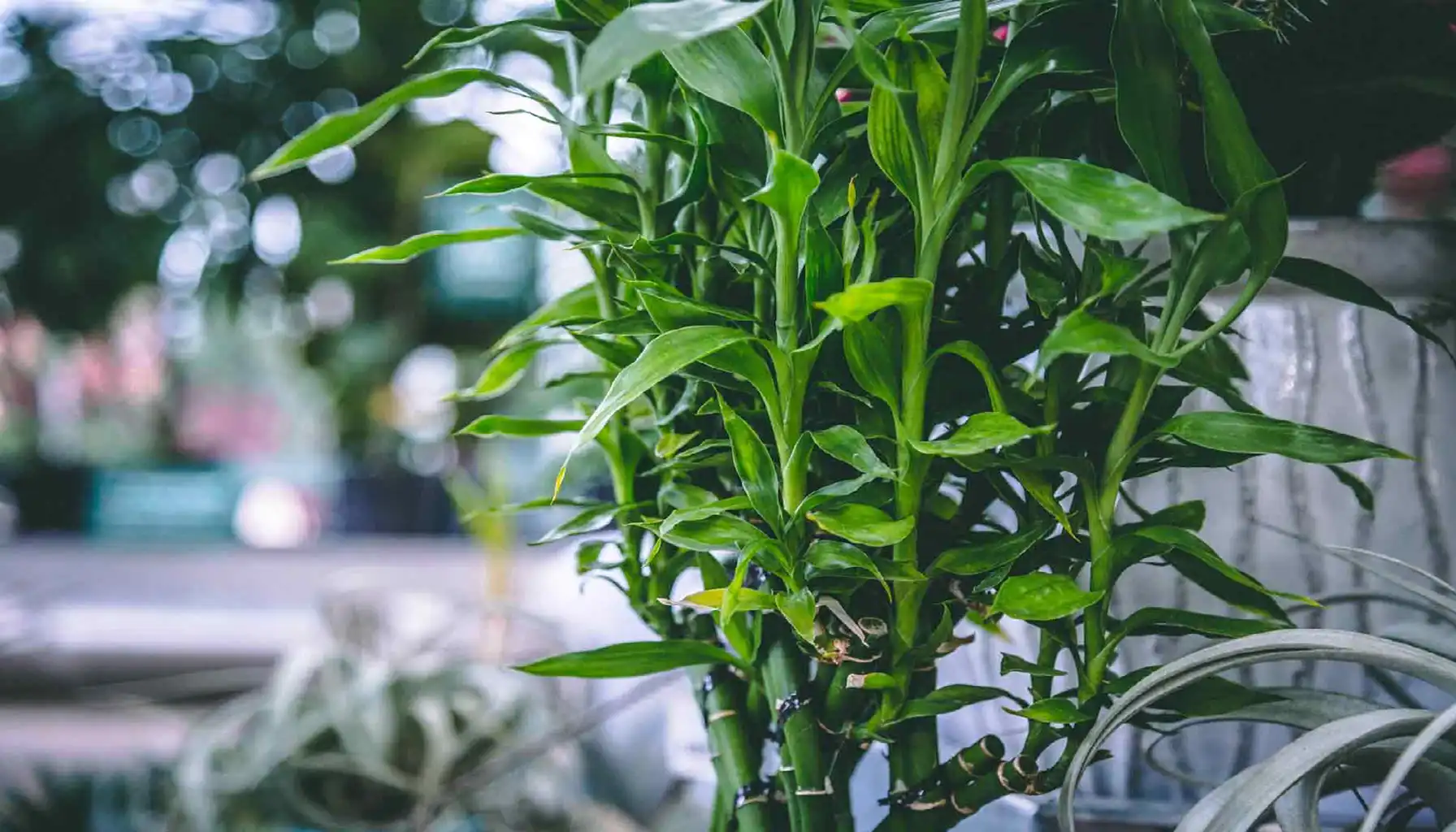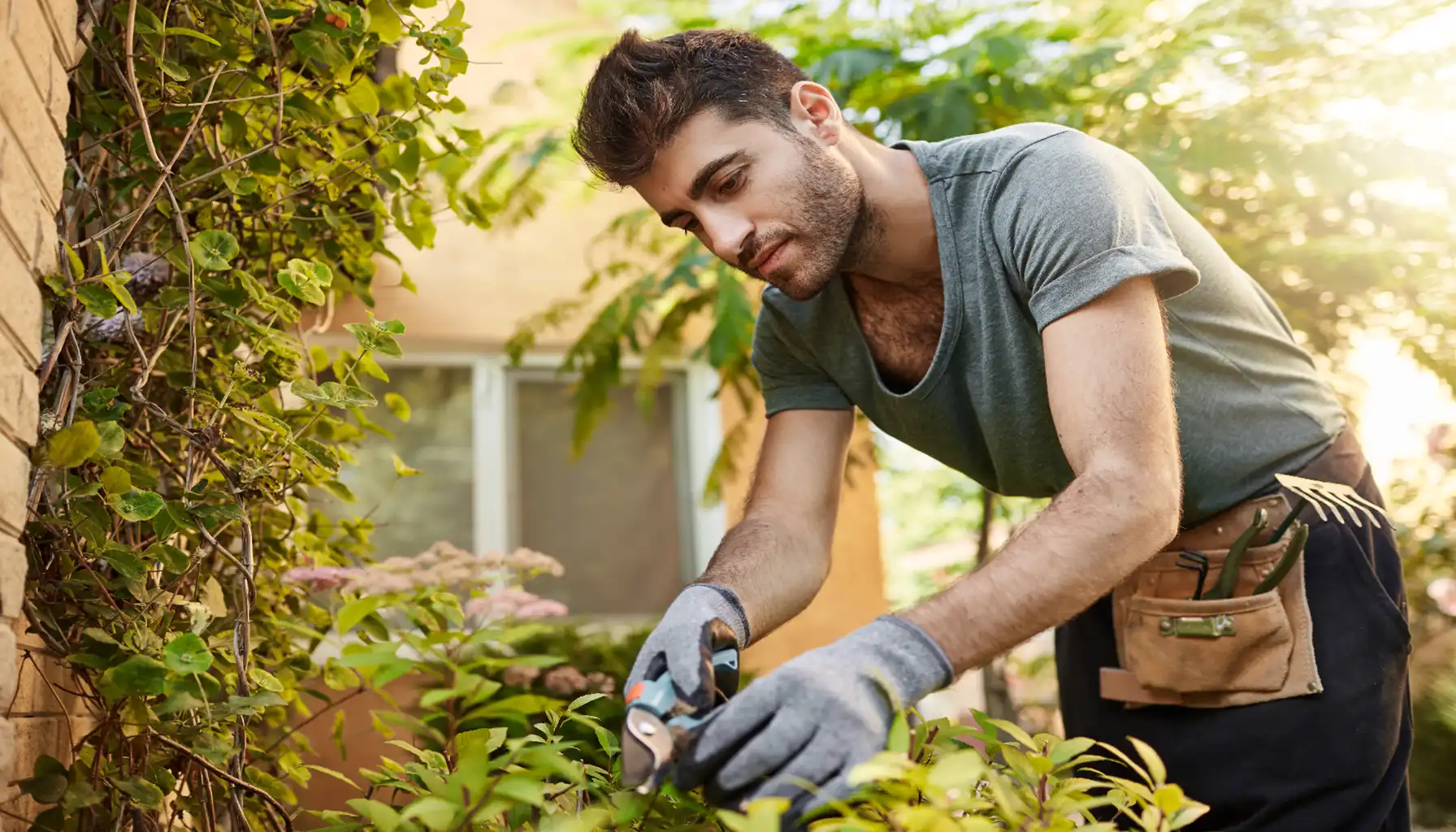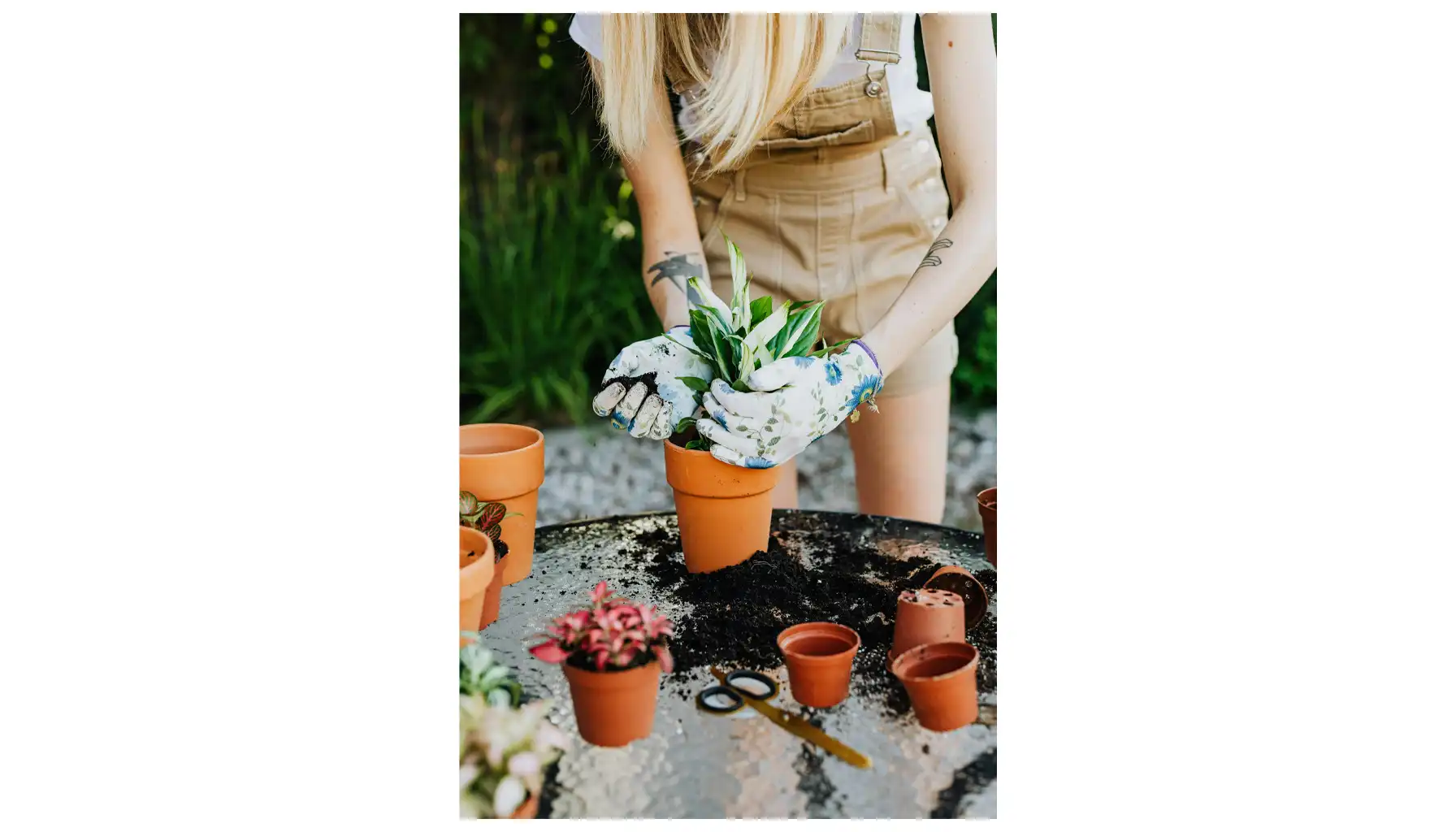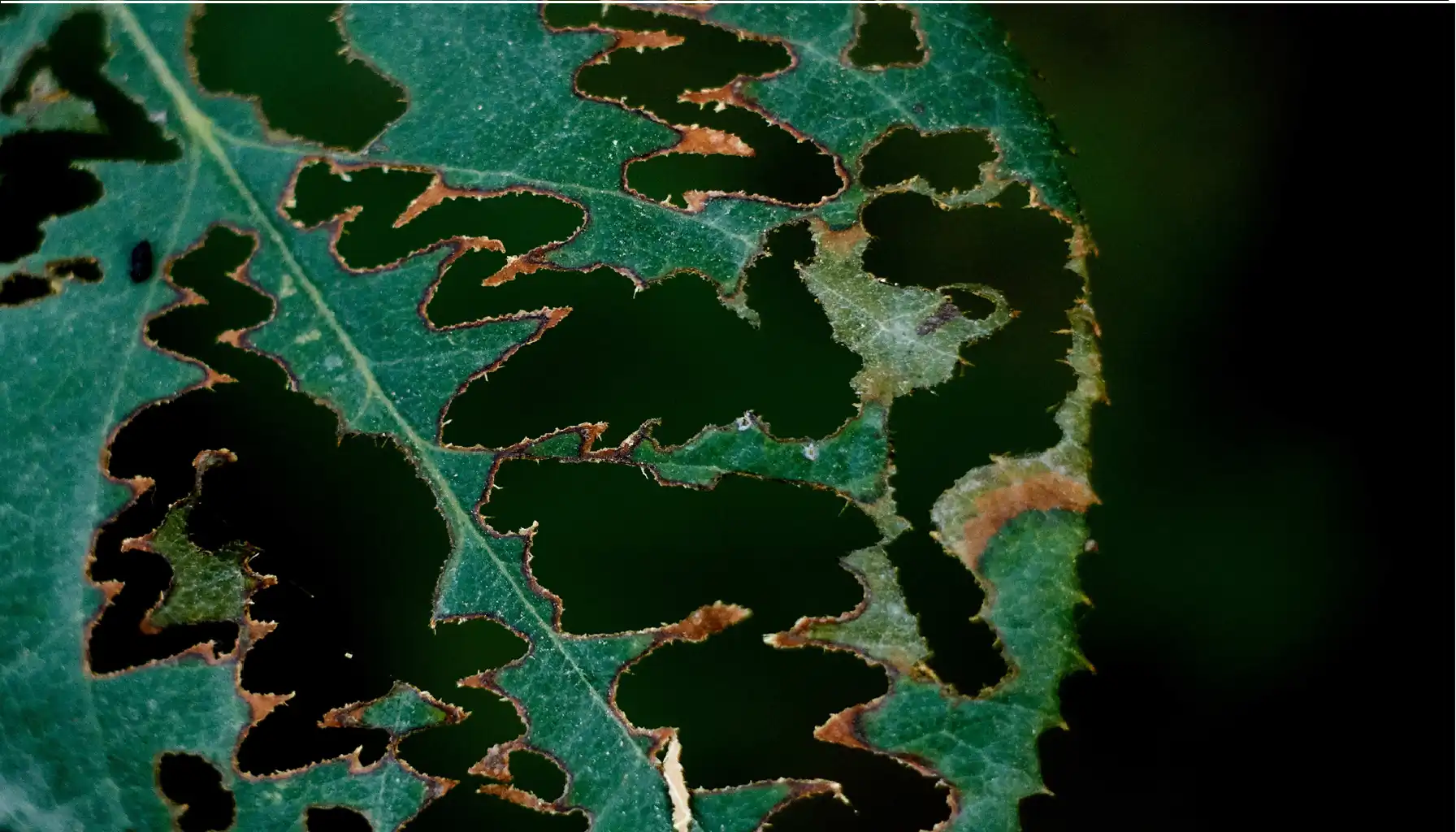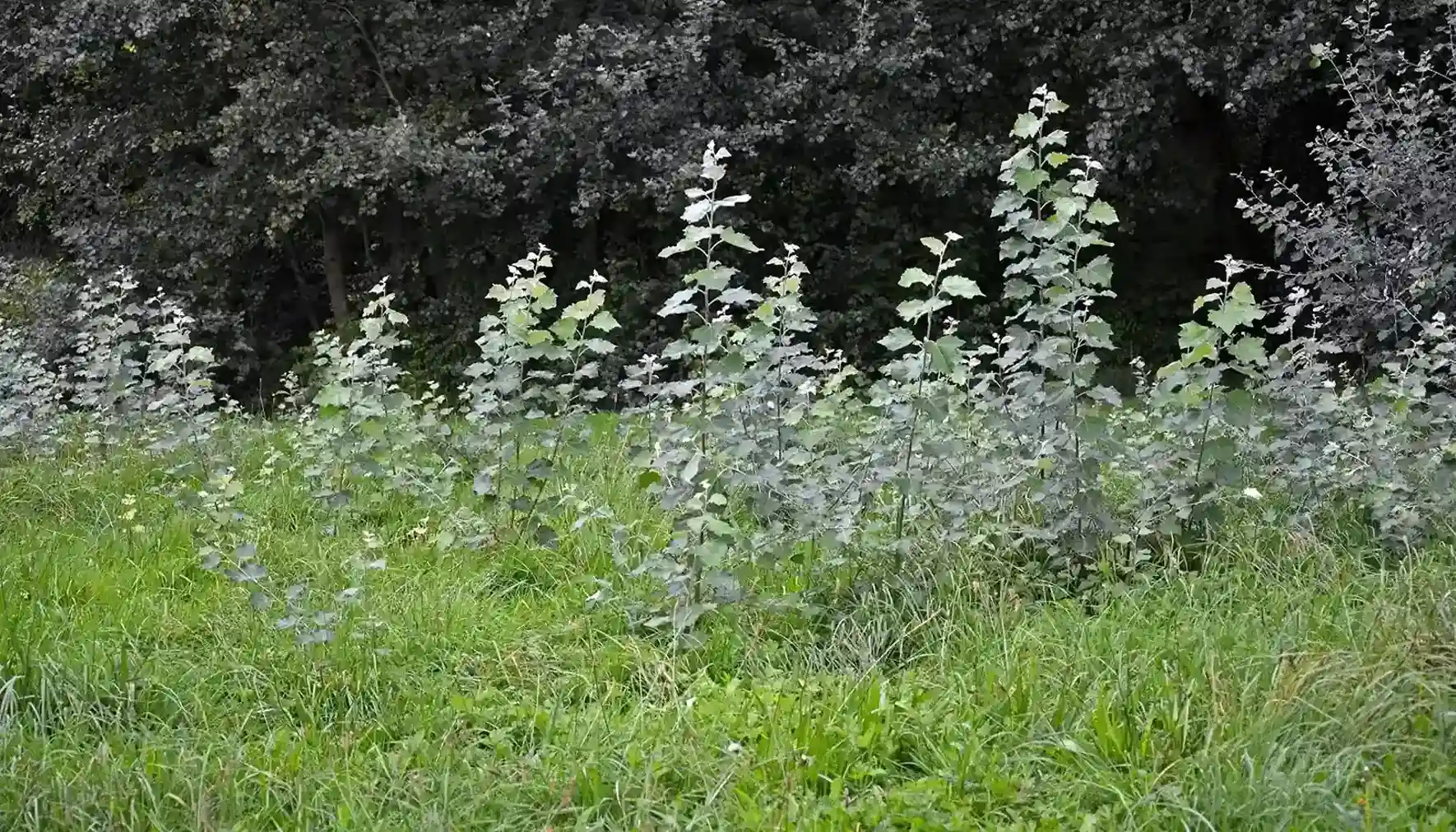Despite the fact that gardening has become my hobby, it can often upset me. For example, difficulties arise when transplanting flowers. I want to transplant my flower into a bigger pot in the hope that it will grow better, but things are only getting worse. Why is my indoor plant dying?
Recently, I have decided to approach this issue more professionally. I read useful literature and advice on the Internet, of course, it takes a lot of time, and the hobby turns into a full-time job. But nevertheless, it is important to understand why is my spider plant dying. Fortunately, the process was not so long thanks to the plant identifier apps.
Common Reasons Your Plant Can Be Struggling
Watering Woes
One of the most frequent causes of flower distress is not watering correctly. Both giving too much water and not giving enough water can cause big problems for your plant's health.
Overwatering: If your flower’s leaves are turning yellow and feel soft or mushy, or the soil is always wet and smells bad, you can be giving it too much water. This can lead to roots rotting, which is a very bad problem because the roots can't get air. This is often the reason “why is my money plant dying”, as it does not like too much water and is prone to root rot.
You can also notice this if you're asking “why is my succulent plant dying”; they really hate wet soil around their roots and will quickly show signs of distress.
Underwatering: On the other hand, if leaves are dry and crunchy, turning brown, and falling off, your flower can be very thirsty. The soil will feel completely dry and hard. You can see this if you are asking “why is my mint plant dying” as it likes the soil to be a bit wet all the time and dry out quickly.
Light Levels
Plants need the right amount of light to make their food, a vital process called photosynthesis. Too much or too little light can cause serious issues.
Too Little Light: If your plant looks long and thin, pale, or is not growing much, and new leaves are very small, it can need more light. You can notice your plant not growing but not dying, which often means it doesn't have enough light to thrive. This could be the reason if you're curious “why is my prayer plant dying”, as it likes bright, but not direct, light and will lose its leaf patterns in low light.
Even a big plant like your umbrella plant dying can be telling you it needs a sunnier place to keep its leaves healthy and green.
Too Much Light: But if leaves look burnt or very light in color, with crispy edges, it could mean too much direct sunlight. This is a common problem for plants that like shady spots or indirect light. For example, if you're asking “why is my pitcher plant dying”, it can be getting too much sun, which can scorch its delicate pitchers.
Pests and Diseases
Tiny bugs can really hurt your flower, sucking their sap or spreading diseases. Look for small insects on the leaves or stems, sticky stuff on leaves, or strange spots and growths. If you see your cucumber or watermelon plant dying in your garden, tiny bugs like aphids or spider mites could be the reason, causing leaves to yellow and wilt.
Nutrient Problems
The plants need nutrients to grow strong and healthy. Yellow leaves with green lines can mean the flower doesn't have enough iron, for example, while overall pale leaves can point to a nitrogen deficiency. If you're wondering, “why is my strawberry plant dying” and it's not water or light, it could be a food problem, showing small or discolored fruits.
This is also a reason when asking “why is my blueberry plant dying”, as they need special acidic soil and specific nutrients like iron to produce fruit.
Environmental Stress
Quick changes in how hot or cold it is, how much water is in the air (humidity), or cold air blowing can all make a flower sick. If your sensitive plant dies quickly, closing its leaves and not recovering, it could be reacting to a sudden change around it, like a draft or temperature drop. Also, if the air is too dry, it can be why is my air plant dying, as they get water from the air and need regular misting. Even a small draft from an open window or air conditioner could be why is my palm plant dying, causing brown tips on its fronds.
Repotting Shock
Sometimes, after you give a new pot, it can get a bit sick and show signs of stress. If you're asking “why is my plant dying after repotting”, it's probably just getting used to its new home and the change in soil. This small stress is normal and usually passes, but it's important to provide consistent care during this recovery period.
AI to the Rescue: Smart Plant Diagnosis
Do you feel confused by all the possible problems and don't know where to start? This is where AI plant diagnosis tools can help a lot. These apps use smart AI to help you find out why your plant is struggling and give you step-by-step solutions to revive it. They make plant care much easier for everyone.
Here's how these apps usually work. For example, AI Plant Finder app:
Take a Picture: You just take a clear photo of your sick flower, making sure to show the parts that look bad, like yellow leaves or spots.
Upload to the App: The app then uses its AI to look at the picture, comparing it to thousands of images of healthy and sick ones.
Get a Diagnosis: The AI has a lot of information about flowers and pictures. It can often tell you if it's a watering problem, bugs, a disease - because of specific soil conditions or too much humidity.
Receive Solutions: This includes changing how often you water, moving to a different light, suggesting natural ways to get rid of bugs, or explaining why my basil plant is dying and what specific steps to take to help it recover.
If you're asking “why is my indoor basil plant dying”, the AI can guide you on proper care, like ensuring it gets enough light and consistent moisture. It can even help with more specific problems like why is my shamrock getting worse due to dormancy.
Targeted Solutions for Specific Plants
While AI tools are great for general diagnosis, here are some common problems you can own, along with quick tips:
Why is my lavender plant dying? Often, it's getting too much water or not enough sun. Lavender likes dry soil and a lot of light, so ensure good drainage and a sunny spot.
Why is my corn plant dying? This is usually because of too much water or bad water from the tap, which can cause brown leaf tips. Try using water that has been filtered or let tap water sit out overnight before watering.
Why is my senetti plant dying? These ones don't like it when it's too hot; they prefer cooler places and consistent moisture. Too much heat can make them sick very quickly, causing them to wilt.
Why is my bamboo plant dying? This is often because of bad water or if the pot doesn't let water out, leading to yellowing stalks. You can also ask why my snake plant is dying because of similar reasons, as they are strong but can still get sick from overwatering or cold drafts.
Why is my string of pearls plant dying? This often happens from too much water, which causes the "pearls" to turn mushy and rot. They like less water and bright, indirect light, so let the soil dry out completely between waterings.
Why is my money tree plant dying? Common problems are too much water, air that is too dry, or cold air blowing on them. Brown leaf tips often point to low humidity.
Why is my sunflower plant dying? They need a lot of food and water, especially when they are small and growing quickly.
Why is my peacock plant dying? These ones are quite special and often suffer if the air is too dry or if they don't get water at the right times, causing their beautiful leaves to curl.
Why is my pothos plant dying? Too much water is a common reason, making the leaves turn yellow and soft. They are usually easy to care for, preferring to dry out between waterings.
Why is my orchid plant dying? This is usually from too much water or not enough light. They like bright, indirect light and good air around their roots, often preferring specialized orchid bark.
If you're wondering why my money plant is dying, remember that it's often a sign of overwatering, leading to yellowing leaves and soft stems. Let the soil dry out between waterings to keep it healthy and thriving.
Step-by-Step Solutions
Adjust Watering: If you give too much water, stop watering and let the soil get very dry before watering again, possibly for a week or more. If you didn't give it enough water, give it a good soak until water drains from the bottom of the pot.
Optimize Light: Move your plant to a brighter or shadier spot, as it needs, making sure to avoid sudden, drastic changes that could shock it further. Gradually introduce it to new light conditions.
Pest Control: If you find bugs, use natural ways like neem oil spray or insecticidal soap for bugs, following the product instructions carefully. Keep sick flowers away from healthy ones so the bugs don't spread to your other ones.
Check for Root Rot: If there was too much water and you suspect root rot, gently take it out of its pot. Cut off any soft, mushy, or black roots using clean scissors. Then, put it in new, good soil that drains water well, and a clean pot.
Repotting Care: Make sure the new pot has holes for water to drain and that the soil is appropriate for the flower type. Don't give it too much food immediately after repotting, as this can add more stress.

Don't Give Up
Seeing your plant struggle can be sad and frustrating, but tools like AI Plant Finder can make things better. Don't be afraid to try new things and learn from your plants; they are resilient and often respond well to care.
AI Plant Finder Related Posts:
